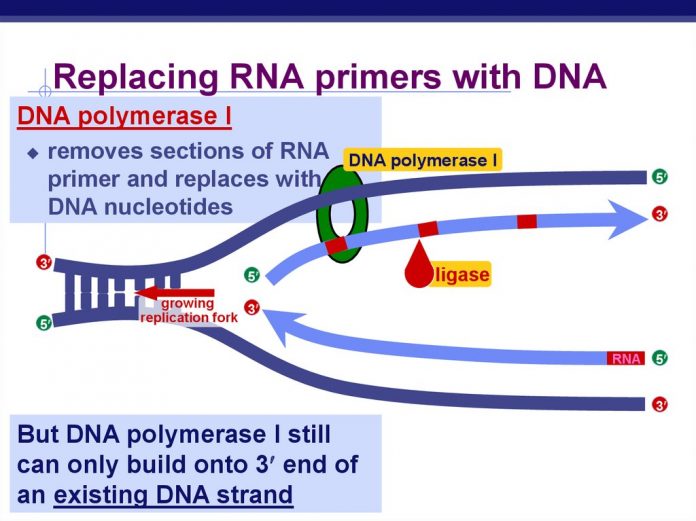Antisense oligonucleotides (ASO) have high hopes for drug treatment. Now, researchers at Tokyo Medical and Dental University (TMDU) and Ionis Pharmaceuticals, furthering their previous work on the heteroduplex oligonucleotide (HDO) model, have demonstrated the enhancement of ASO-induced drugs by inserting RNA strands through DNA.
Many drugs work by converting certain disease-related proteins. Unfortunately, they can also affect unintended proteins that cause side effects that reduce the safety and efficacy of the clinic. Nucleic-acid therapies use a class of emerging drugs including ASOs that identify genes at the genetic level by suppressing the expression of pathogenic proteins. With a targeted change so far that cannot be eliminated by conventional pharmacotherapy, they offer skills to treat chronic diseases such as spinal cord injury and Huntington’s disease, with fewer people being used in the clinic and more to come.
Chemical ASOs with synthetic synthetic fibers comprising twenty bases that can control genetic expression by binding to the “mental” string of mRNA targets. Arranging nucleotides, blocks of genetic code, to “antisense” or counter-order can suppress certain RNA sequences and prevent the production of harmful proteins.
A team of researchers had previously developed HDO when a single-stranded ASO was synthesized to match RNA and then tocopherol. Toc-HDO (coRNA) has shown greater stability in serum, is able to better transport to target cells and is more potent than parent ASO. The original author Yutaro Asami explains the concept of the current study: “Since cell capture was mostly in form and parent ASO was released internally, we have suggested the introduction of a phosphodiester (PO) RNA of a more stable and easier-to-produce PO DNA compound.”
Researchers also developed oligonucelotide, which contains two strands of DNA / DNA: Toc-HDO (coDNA). The lowest DNAse in serum will improve stability and the molecule will be regenerated internally by deNase degradation. The efficacy of this molecular modification was assessed using a murine hepatocyte trial, a PCR measurement of RNA levels and a fluorescence-based determination of hepatic ASO concentration.
Senior author Professor Takanori Yokota looks to the future. “HDO technology promises targeted treatment for you with a wide range of non-communicable diseases and other incurable diseases. Our new chemical modification, by improving clinical safety capacity, helps to expand the multidisciplinary medical kit in this multidisciplinary field.”
Source:












